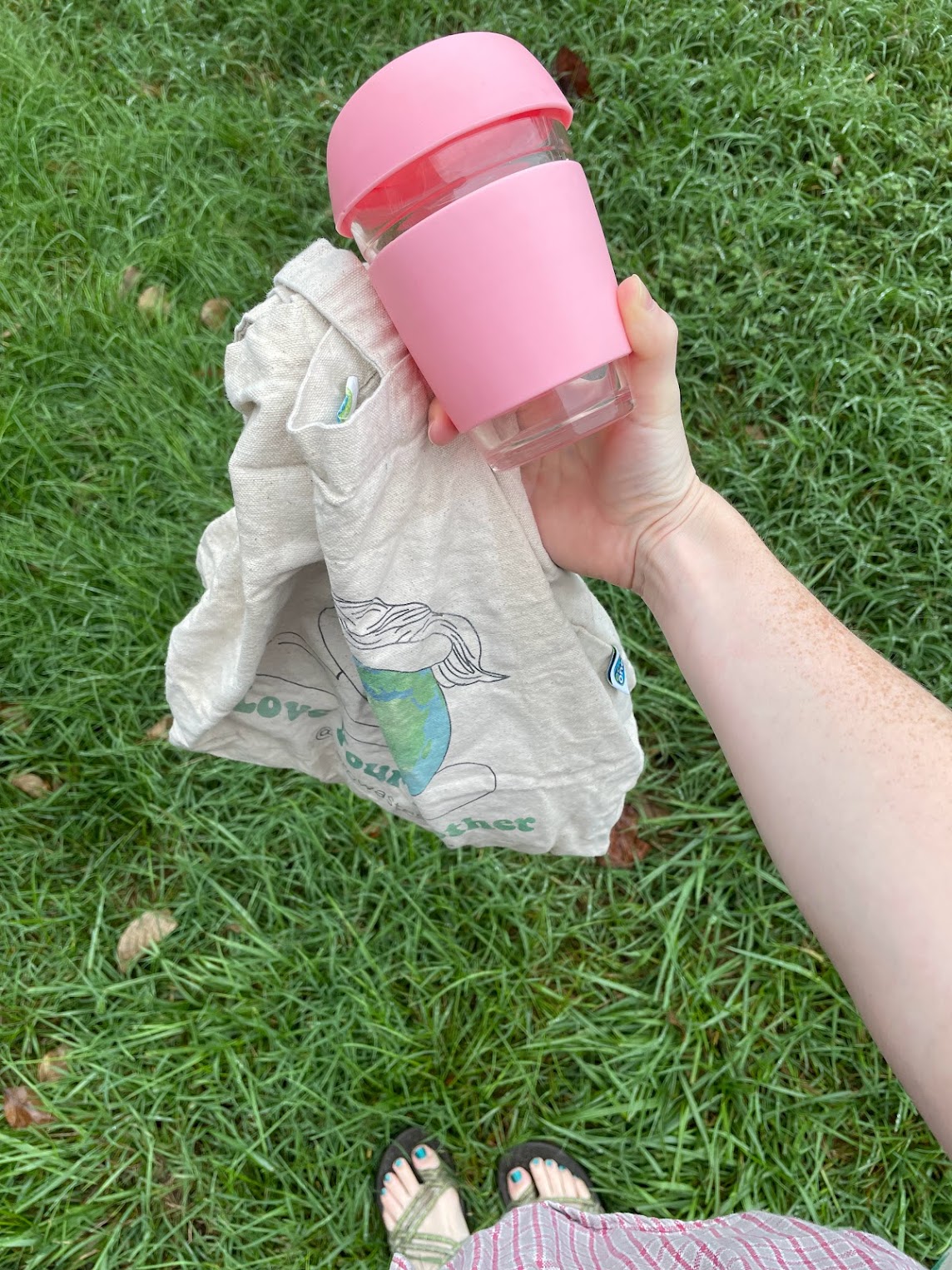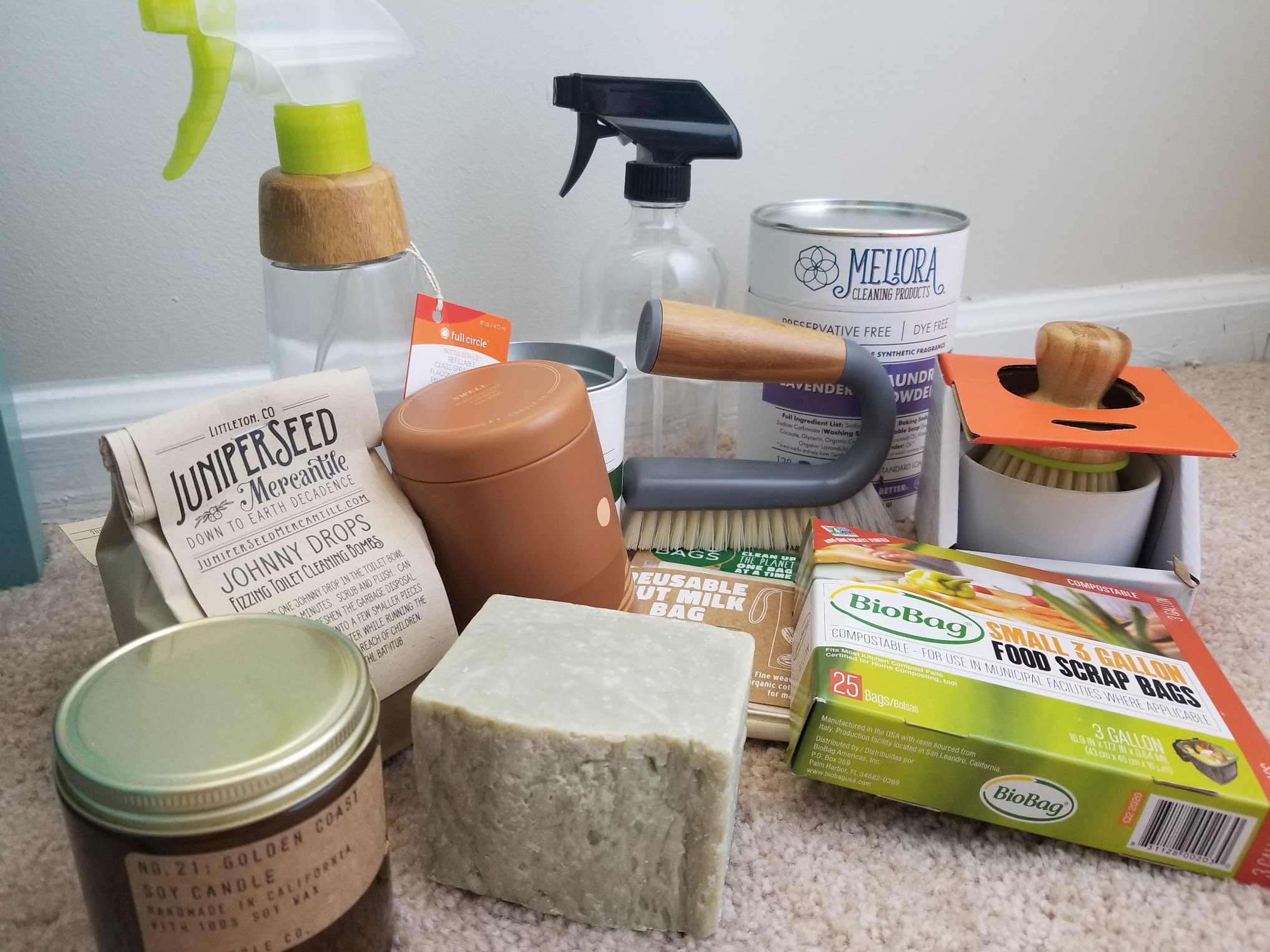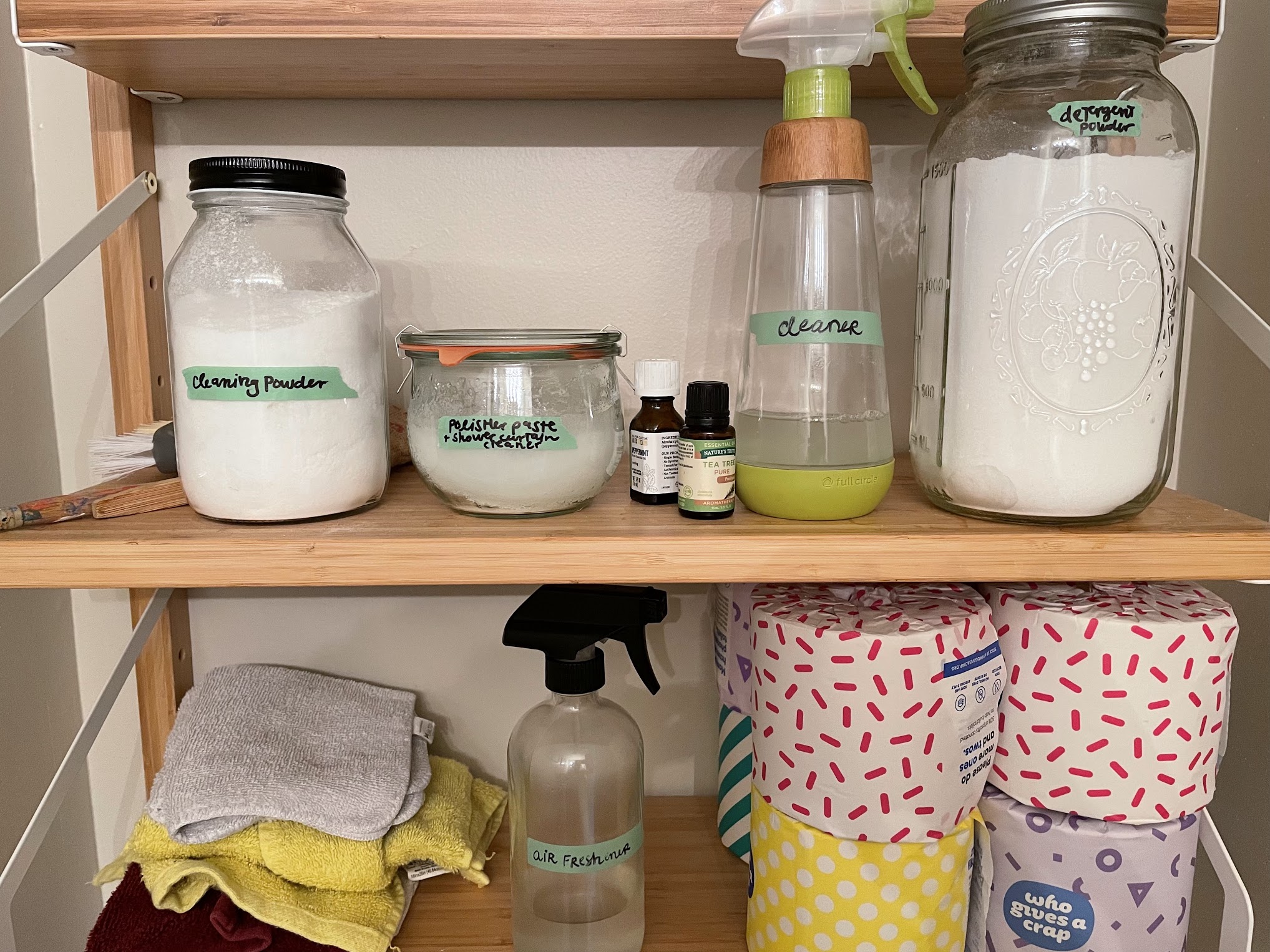When I first decided to adopt a zero-waste lifestyle, it overwhelmed me. I worried I wouldn’t like the swaps, that I’d fall for greenwashing, or that it would be expensive and therefore unsustainable for my life. A few years later, I now have a few things down—how to save money by avoiding plastic, how to spot greenwashing, and what swaps work for me. That last point took the longest to sort out, and there are a few changes that I’m still trying to work out.
I think in environmental spaces online, there is little candidness about the struggles of a zero-waste lifestyle, and I get why. Environmentalists want as many people as possible to try and live greener, and so few talk about anything negative that comes with it. Scientists and professionals do a great job at bringing realism and evidence into their suggestions, but influencers tend to not do that. Rather than talking about the good, and letting people know what to avoid within the space, they paint all “green” alternatives as good and all conventional versions as bad.
It’s important to stay upbeat when it comes to environmentalism and climate action in general, but I believe that it’s just as important to be honest. Black and white thinking encourages harmful mindsets like virtue signaling and gatekeeping, which ends up shutting a lot of people out of environmentalism. Some people can’t afford artisanal shampoo bars made locally, and if that’s the only thing they are told makes showering greener, then they won’t make a change. Not all switches work for everyone, and if green influencers rave about every switch, people who are new to the space might not want to try anything else out after a bad experience. They’ll think this is just how green living is.

If we want people to live greener, we need to be realistic about the range in accessibility, budgets, and bodies that make up their life experiences. Not everyone’s skin will respond well to all zero-waste lotions. Not everyone can only eat produce grown locally or has the time to make their own nut milk. That isn’t reflected in the way environmentalists speak online, however. They push the idea that it all works great, is available to everyone, and is worth figuring out. I know I went into it thinking that I had to make every switch work, and that I needed to get used to products even if they made my life worse.
Here’s the thing though: it’s okay that not every switch worked for me. I have yet to find a good zero-waste trash bag that is affordable and doesn’t break open easily. Despite the mess and financial burden, I tried to make them work for a long time. I thought I just had to deal with it. It took me a while to realize that I don’t have to go through that. I am doing my best, and I shouldn’t make my life difficult for a crisis that I am not solely responsible to fix. I am doing what I can, and if in order to keep my sanity and afford groceries I have to still buy plastic trash bags, that’s okay.
The truth is, it wasn’t just zero-waste trash bags that didn’t work for me. Neither did oil-heavy shampoo bars, because they didn’t wash out of my hair. It felt greasy, and yet I kept buying them for half a year. Neither did solid facial serum, because it dried out my skin. Making my own almond milk was too expensive, using coffee as a body scrub clogged my drain, my freezer isn’t big enough to save all of my food scraps for composting, I can’t always make my own veggie broth since I work so much, and buying my clothes from organic and fair trade companies was something I couldn’t afford when they were new. I tried making my own toothpaste, but my partner hated the taste of it, and it felt gritty on my teeth. I didn’t like toothpaste tabs without fluoride, reusable toilet paper made me feel unclean, Stasher Bags were too expensive to buy many of, and deodorant that came in cardboard tubes were so messy. Soaps that came in metal bottles or glass were generally too expensive for me, and I couldn’t afford to always buy the plastic-free option when it comes to groceries. In spite of all of this, I tried to make them work.

I kept buying the plastic-free products when I couldn’t afford it, using the skincare that hurt my skin, and continued to get deodorant all over my clothes. I washed my face with charcoal, even though it stained my sink. I used a menstrual cup even on my heaviest days when it made my pain worse. I used a tiny wooden brush despite the fact that it would always get stuck in my thick hair. Why? Because no one else was talking about these not working. They seemingly worked for literally everyone else, and I felt like I would be a bad environmentalist if I used something in plastic until I could find an alternative (assuming I even could). All I saw was praise for these products online, and it made me feel like this was zero-waste living—the black-stained sinks and knotted hair and worsened menstrual cramps. I just thought I had to get used to it, all while being very broke.
As I progressed in my environmental degree program however, I realized that there are not only better options, but that sometimes the best environmental move is to minimize: to go without or just use the conventional product and take good care of it so it lasts longer. Seeing the actual scope of the problem at large also was a reality check. I shouldn’t be miserable, struggling financially, or in physical pain to make up for the damage that corporations are causing. I will do as much as a I can, because I care, but I learned that I have permission to be imperfectly zero-waste. In reality, even while living a zero-waste lifestyle I still have to buy plastic. I can’t make, grow, and avoid everything. That doesn’t make me a bad environmentalist. It just means that I am someone trying my best while simultaneously living in a capitalist society that runs on fossil fuels. I’m learning that it makes a difference to make any changes within that system at all.
Are there great zero-waste swaps that I’ve made? Absolutely. I have found things that work way better than the conventional products, and I wouldn’t have found them had I stuck with the bad swaps. I found shampoo and conditioners that nourish my hair and that I can actually afford. Suds and Co. makes the best bars for my hair and scalp (the conditioner bar is flawless, and is the best detangler), and they’re the most affordable ones that I’ve seen. When I want something liquid though? Rhyme and Reason makes soaps for all kinds of hair, and their bottles are made from post-consumer plastic! No need for greasy, dry, or unwashed hair.
I make my own skincare, but when I don’t have time to do that, my favorite brand is Lumene. They’re a Nordic brand, and I’ve found that Nordic ingredients work best on my combination skin (and it makes sense since I’m Norwegian and Danish). They can be shipped to me from Finland, or I can pick up a few of their essentials from a Target near me. My skin is clear, they use glass for packaging, and it saves me time. When it comes to deodorant, I just make my own. It’s made with ingredients I already have, smells great, and works great on my skin. That said, when I’m wanting a break from all the DIY’s, Meow Meow Tweet makes the best ones in jars!

Who Gives a Crap makes sustainable toilet paper, and it doesn’t fall apart. Each roll lasts me longer than conventional ones, and it’s affordable. I love Georganics toothpaste tabs with flouride, but when I can’t afford them, Toms makes a great one (I just make sure to use every bit of it since it does come in a tube). I make my own laundry detergent, but I can’t always make the time for it, since it is time-consuming. When that happens, I’ve found that Meliora is by far the best (their lavender one is the best laundry detergent I have ever tried). I am in love with Sea Witch Botanicals lip balms, incense, lip stains, and solid perfumes. They are definitely the best brand for those products. I love Izzy for mascara, Elate for eyeliner and eyebrow balm, and Bare Minerals for lipstick. I make my own oat milk, but when I don’t have the time? Oatly is both accessible and affordable for me. I have yet to find bad silicon baking cups and baking sheets, bad reusable cups, or bad bulk hand soap.
All of these swaps made my life better, not worse. They also helped me to live greener, and saved me money in the end. That said, I’m aware that these still might not work for other people because again—we are all so different, and there is nothing wrong with that. That’s why as many people as possible need to be candid when talking about their experiences within this space. I would’ve found these things a lot quicker if that was the case. I wouldn’t have cut my fingers on aluminum toothpaste tubes or worn zero-waste mascara that made me look like a raccoon. I wish I could have avoided those things, and I’m sure others are in the midst of those experiences still.
In the end we can’t predict what will work for us, let alone others, before we try something. We just need to encourage trying as many things as possible, and learn to be forgiving with ourselves. It’s not our fault if something doesn’t work for us, and if we have to use plastic because of that, that’s also not on us. So I’ll continue to do my best, and be candid about the process, and hopefully someday I’ll find plastic-free trash bags.

Get more like this—Sign up for our daily inspirational newsletter for exclusive content!
__
Photo: Emily Iris Degn




